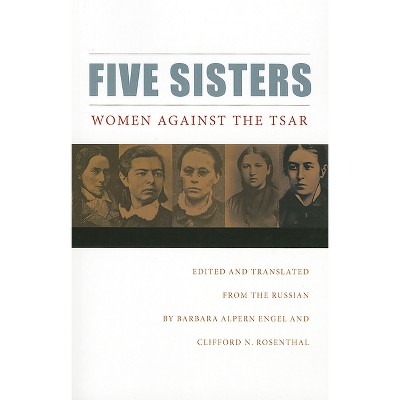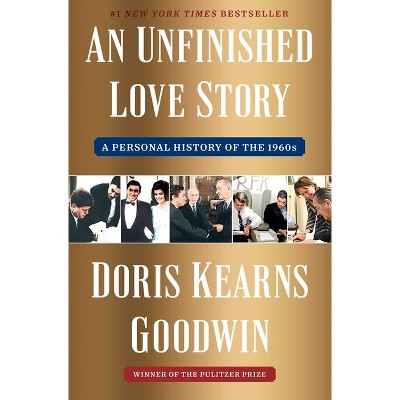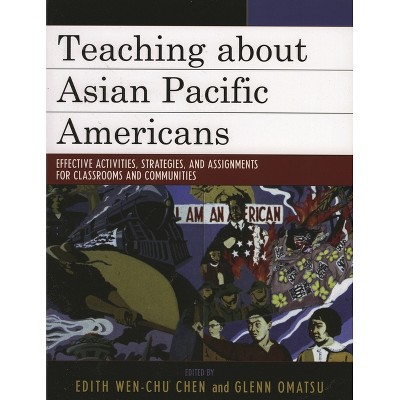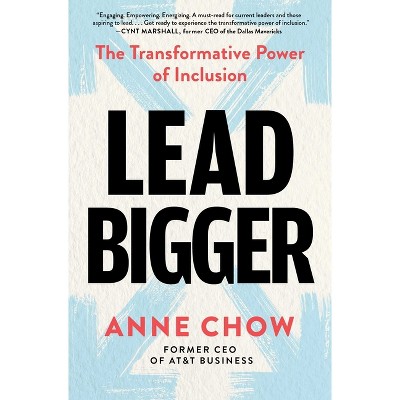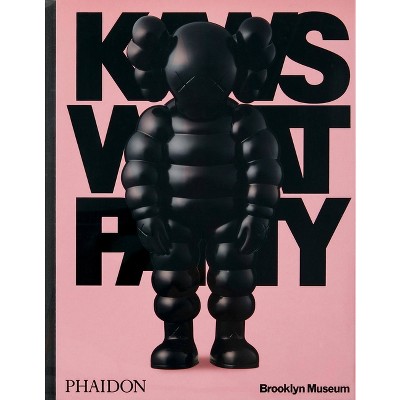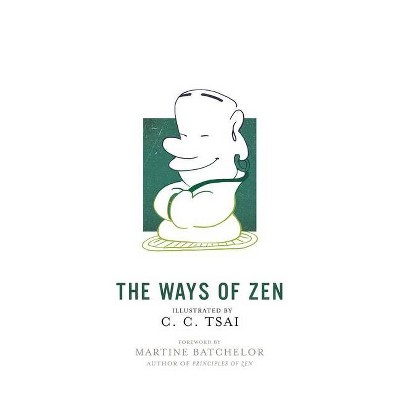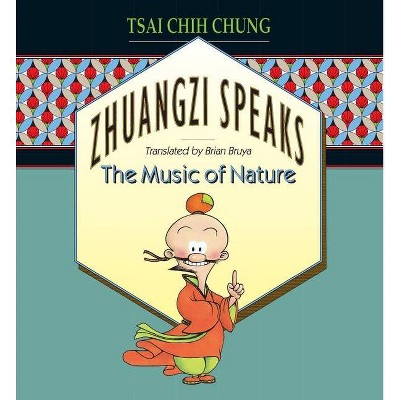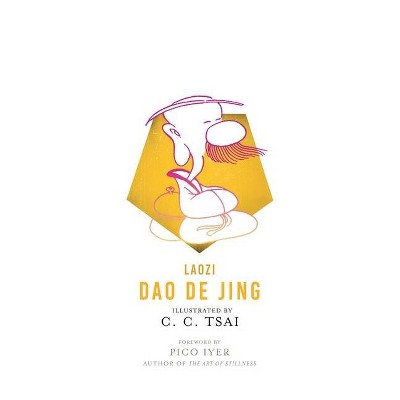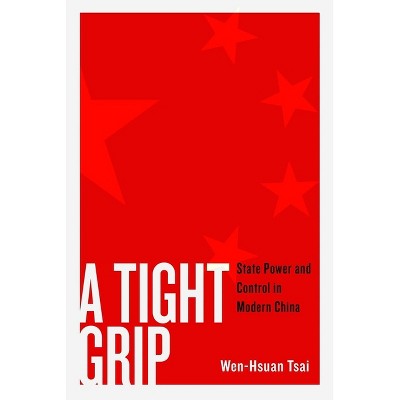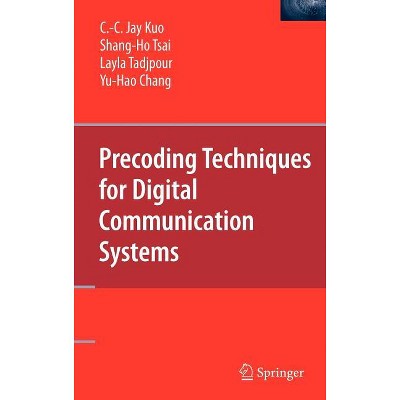Sponsored

Reading Shenbao - by W Tsai (Hardcover)
In Stock
Sponsored
About this item
Highlights
- Through a study of the readership of the most popular commercial daily newspaper in China during the early twentieth century, Reading Shenbao investigates ideas of nationalism, consumerism and individuality, looking at the relationship between advertising, modern lifestyles and changing social attitudes in China as it underwent modernization.
- About the Author: WEIPIN TSAI is a historian of modern China, specializing in political, regional trading and socio-economic interests from the late Qing to the Republican period, including globalization and colonial influence in China, and consumerism in daily life.
- 249 Pages
- History, Asia
Description
About the Book
"Reading Shenbao focuses on three dimensions of Chinese modernity, as reflected through the image of Shanghai urbanites in the Shenbaonewspaper's readership. The first is nationalism; the second the penetration of consumerism into the middle class of the Chinese urban society; and the third, the emergence of a new concept of citizenship, in which the individual was treated as the basic unit composing the nation"--Provided by publisher.Book Synopsis
Through a study of the readership of the most popular commercial daily newspaper in China during the early twentieth century, Reading Shenbao investigates ideas of nationalism, consumerism and individuality, looking at the relationship between advertising, modern lifestyles and changing social attitudes in China as it underwent modernization.Review Quotes
'Tsai shows convincingly that Shenbao reached out toward many different social groups and - for commercial reasons among others - sought to extend its audience to include ever new groups: by changing existing columns, such as the Random Talk to "May Fourth Spirit," for example (chapter 5) and by creating new columns (such as Spring and Autumn) not to lose old readerships either (and thus to preserve the type of literature that would be condemned by May Fourth protagonists as "mandarin duck and butterfly literature")... Tsai's book makes an important contribution by showing that the Shenbao reader was indeed much more diverse in class (and gender) background than is generally assumed.'
- The Journal of the China Quarterly, Barbara Mittler
About the Author
WEIPIN TSAI is a historian of modern China, specializing in political, regional trading and socio-economic interests from the late Qing to the Republican period, including globalization and colonial influence in China, and consumerism in daily life. She is currently a lecturer in the History Department of Royal Holloway, University of London, UK.Shipping details
Return details
Frequently bought together
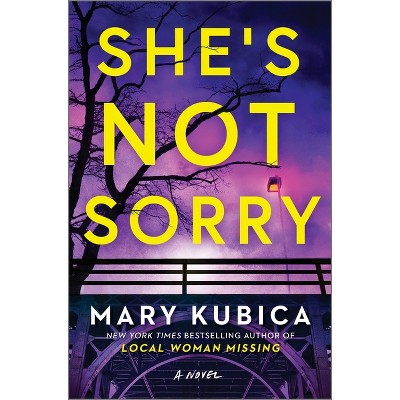
Trending Non-Fiction






